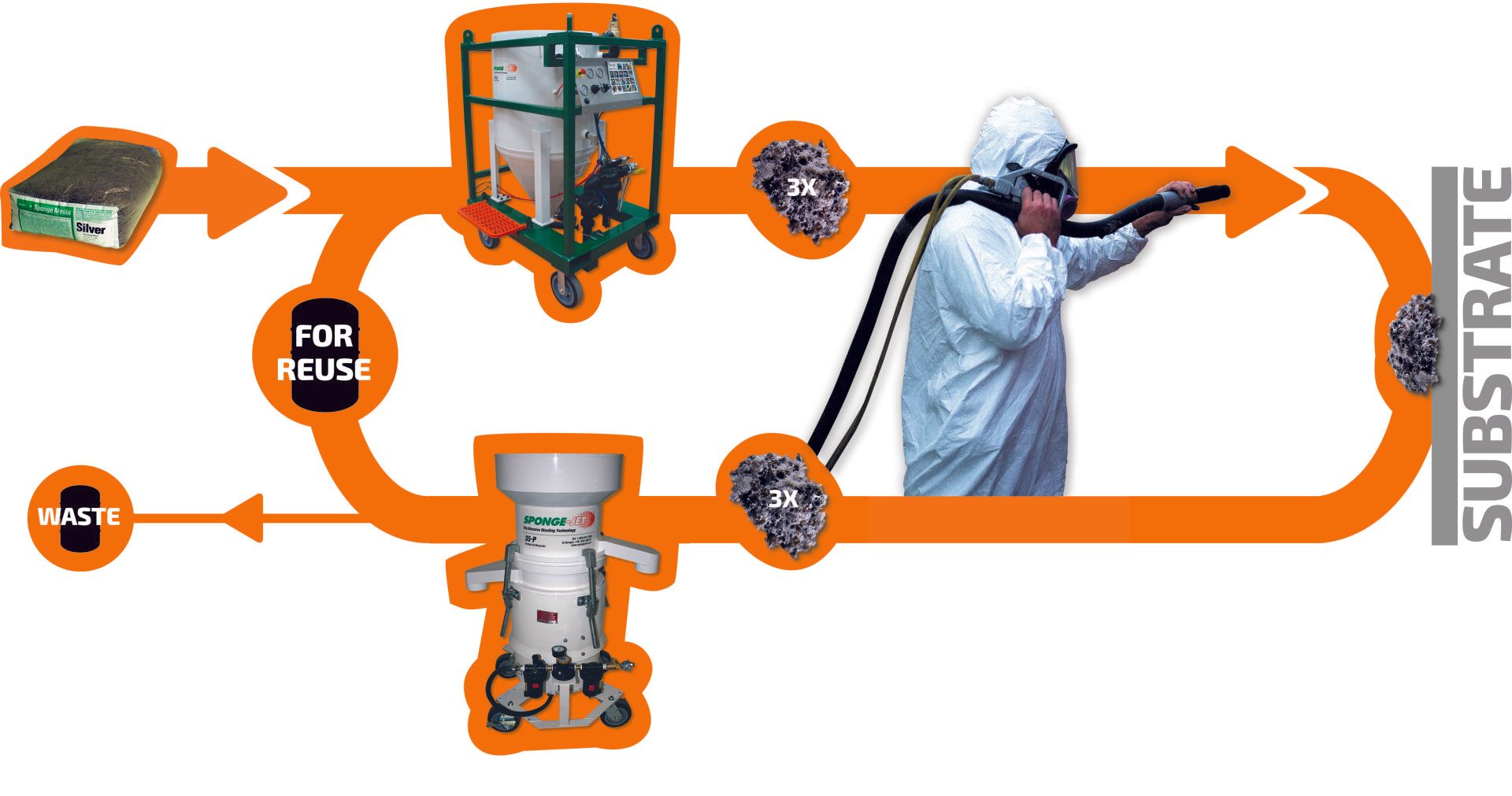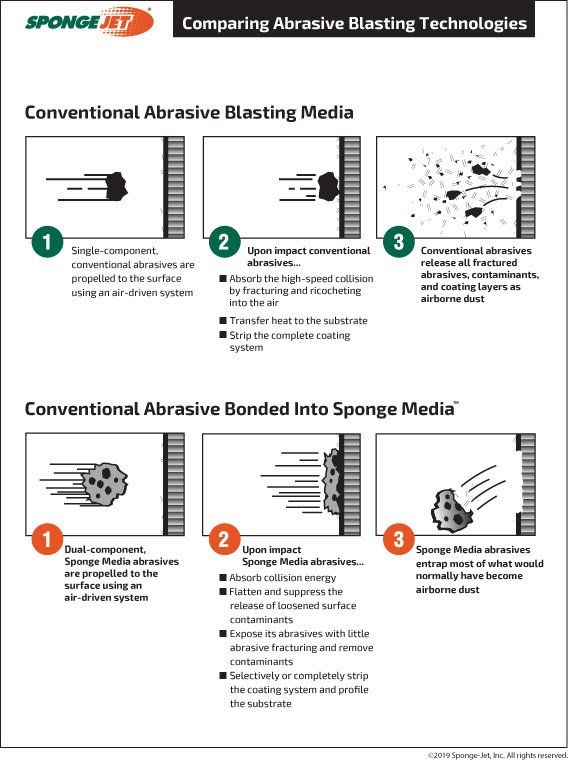How It Works
Sponge-Jet® offers the possibility to clean all types of surfaces. Various media (Sponge Media ™) are used for this. These have different sizes and can be adjusted depending on the type of soiling or the desired surface quality. The Sponge Media ™ can be reused frequently and is extremely dust-free compared to conventional methods. In addition, it is not only used for surface cleaning. Surfaces can be specifically prepared and given a defined surface roughness. The Sponge Media ™ used is directly responsible for the surface created. A wide variety of media can be used, depending on the material of the surface and the desired roughness.
Sponge-Jet General Overview
The video overview of Sponge-Jet, Inc. showcasing recent projects from around the globe.
Sponge-Jet Restoration
A major challenge conservators face is the uniqueness of each restoration project.
Sponge-Jet Pipe and Pipeline Cleaning Applications
When preparing and cleaning the insides of pipe spools and pipeline, Sponge-Jet has a range of solut…
How it Works
Sponge-Jet® is an innovative process for the defined processing of surfaces. The Sponge Media™ can be used to create almost any surface roughness. The medium used for this, the so-called "Sponge Media™", can be selected separately. It is compatible with all Sponge-Jet® devices and can be recycled. The Sponge Media™ and the recycle process are also the big differences from conventional abresieven processes. Sponge Media™ has three distinct advantages:
- Very low dust (up to 95% less pollution)
- Little waste (Sponge Media ™ can be recycled)
- Defined roughness
This also results in significantly less waste. The used Sponge Media™ can be reused. Recyclers use rapid vibrations to shake and tumble reusable Sponge Media in a spiral path over a series of screens; each size-selected to achieve the desired result. The first coarse screen separates and ejects unwanted, over-sized contaminants (into a waste bucket) that may have been recovered with the blasted Sponge Media. The second screen separates (into another waste bucket):
- Fine dust
- Hazardous contaminants (e.g. lead, PCB, asbestos, radioactive particles)
- Stripped/broken-down coatings
- Fractured abrasives
Recycled media (typically >95% ) is funneled into a third bucket and ready for reuse – and when merged with a small amount of new media, it creates a consistent “working mix”. The screen opening size of the lower screen and ratio of new media can be adjusted to optimize the balance between acceptable dust levels and maximum media life. Recycle, Reuse, Reduce!




